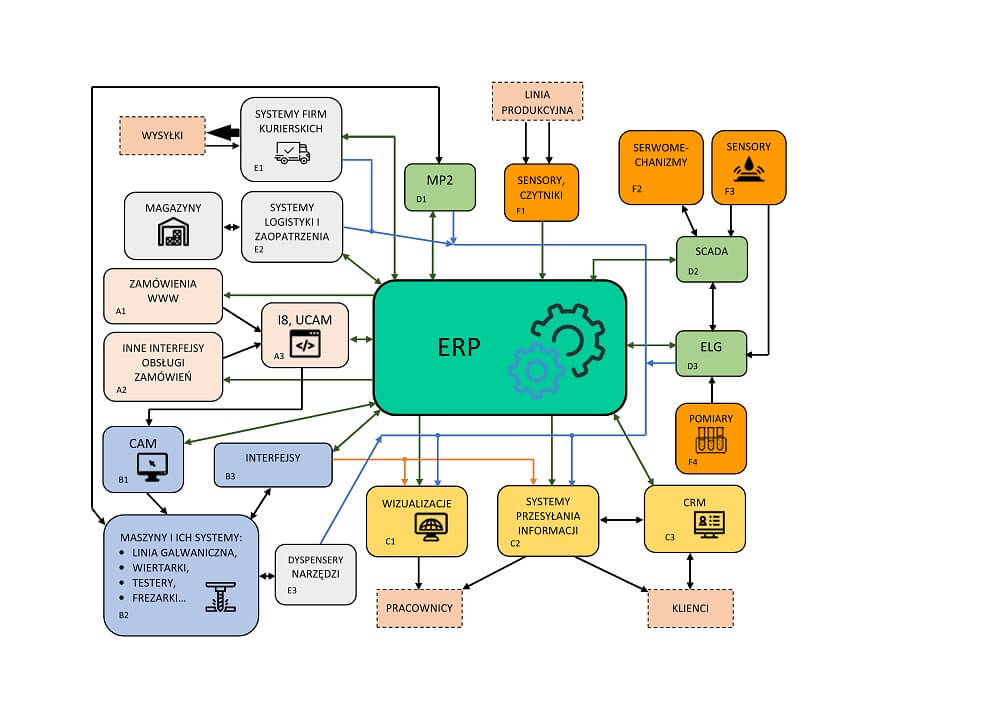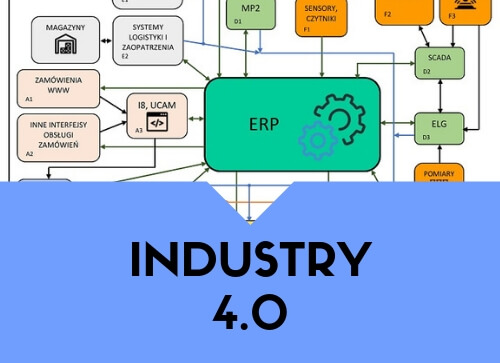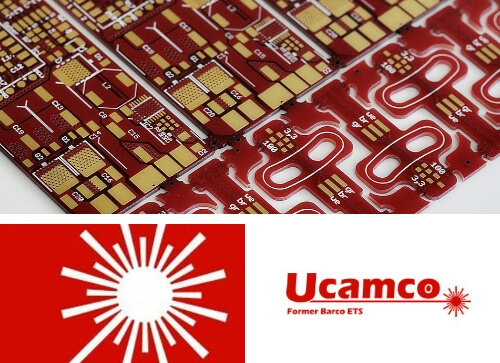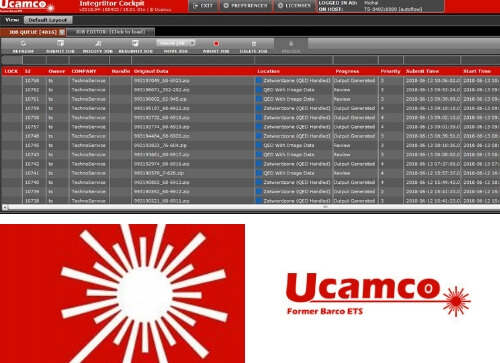Manufacture of printed circuits in harmony with the natural environment - environmental solutions
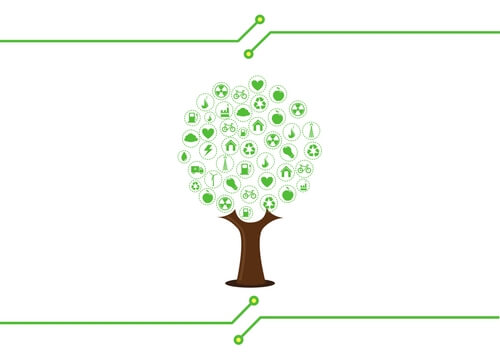
Out of concern for the natural environment in December 2002, TS PCB implemented the Integrated Quality and Environmental Management System, according to PN-EN ISO 14001 (currently in the PN-EN ISO 14001:2015 version).
The adopted environmental policy obligates the company to minimise all significant disadvantageous impacts on the environment, among others through reduction of pollutant emissions, reduction of generated waste, raising the level of environmental awareness among employees and the use of the latest technical and technological solutions, characterised by reduced demand for raw materials and utilities.
Activities under the ISO system, currently under ISO:14001:2015, will be depicted below using selected practical issues.
Organisation of processes
Reduction of the amount of waste generated is the result of proper organisation of processes and proper manufacture management.
Ensuring the liquidity of manufacturing eliminates unplanned machine shutdowns, some of which cannot be shut down due to the very long quenching and start-up cycle. The continuity of manufacturing is largely influenced by the assurance of continuity of material supplies, including hazardous chemicals are already discussed above. Adaptation of the quantities of materials stored to the production needs reduces the space needed to store them and at the same time minimises the risk of dangerous situations.
Surpluses
The serial manufacture of circuits is always accompanied by the phenomenon of surpluses resulting from the arrangement of circuits on panels. Regular orders limit the amount of surpluses, in which case the surpluses from the previous series, if they meet the quality requirements and have not been stored for too long (over 6 months), are transferred with the next delivery. This solution limits the size of the current series, and thus the consumption of materials and the generation of waste.
In a situation when the service life of surpluses is approaching the limit of 6 months, customers receive information about the possibility of their purchase at a very attractive price. In this way, the storage of finished products is kept to a minimum, as are the number of surpluses that must be disposed of after having exceeded their service life.
Reduction of the breakdowns number
Another measure within environmental management is the reduction of the number of rejected circuits and breakdowns. This was achieved through constant supervision of processes, ongoing preventive maintenance of machines, employee training in the field of machine operation, and ongoing monitoring of the state of their knowledge about the processes supported. It is also important to achieve maximum bathing efficiency due to the large amount of hazardous waste generated by baths. Optimal efficiency ensures proper topping up of ingredients and regular control of bath quality.
The company also has a policy of continuous process improvement. New technologies implemented often eliminate or significantly reduce the generation of hazardous waste. Old machines are eliminated from the process and replaced with modern machinery, economical and less prone to failure.
Reduction of paper documents
Over the years, the number of paper documents has also been largely reduced. Currently, most of the documents, results of analyses and process data are stored in electronic form in dedicated IT systems. Orders, from the moment of receipt to the shipment, are processed completely through dedicated ERP software, and the documentation is archived electronically.
These examples indicate that there are many ways to limit the impact of manufacturing on the natural environment. However, apart from the care for the environment, it is also important to take a cost-effective approach to waste. It is worth emphasising that whenever it is economically justified, we take the appropriate action. Generally speaking, the economic and environmental profit results from the segregation of waste and then from their resale in order to recover valuable raw materials.




